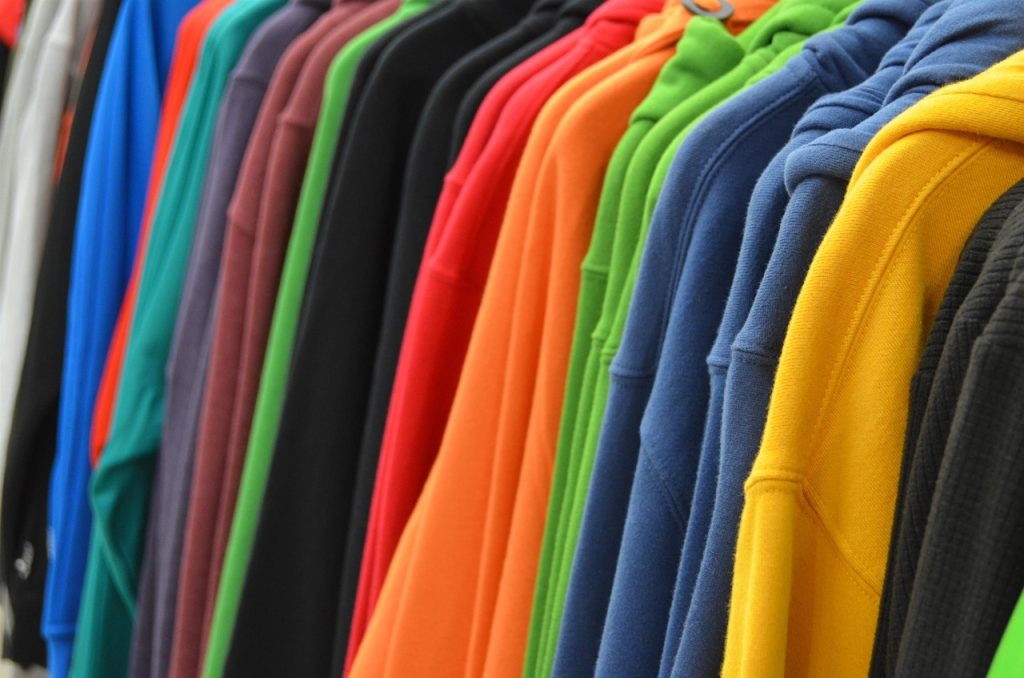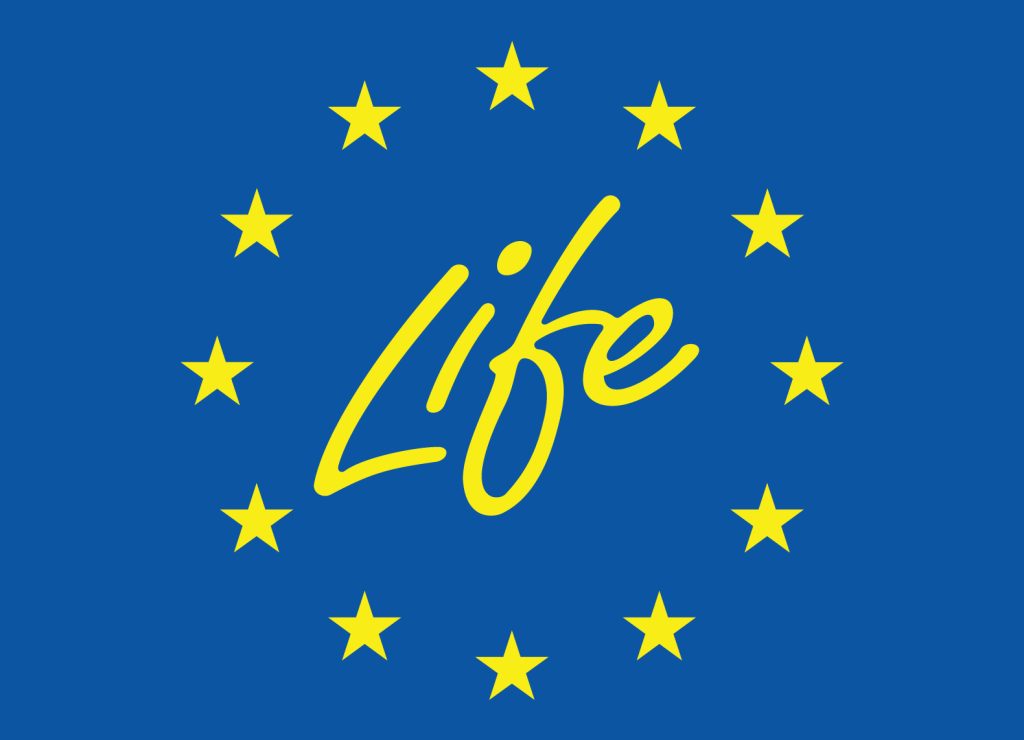Earth Overshoot Day — when humanity has consumed more resources than the Earth’s capacity to regenerate them — arrives earlier and earlier every year. That’s because so many products we consume are short-lived, disposable, inefficient, toxic, or unrepairable — with consumers often not offered viable alternatives.
Until now, EU measures on sustainable product design focused mainly on improving energy efficiency. With the new Ecodesign for Sustainable Products Regulation (ESPR) and its broader scope, this has changed. EU ecodesign rules now recognise that focusing only on recycling and end-of-life considerations is not enough to mitigate the harms of overproduction and overconsumption.
As well as energy performance, the ESPR will help to improve circularity and the overall sustainability of almost all physical products on the EU market. Besides saving hundreds of euros on their energy bills, new ESPR rules will make it easier for consumers to hold onto their products for much longer and repair them when broken.
However, with such a long list of products to focus on, it cannot all happen at once. So, how will implementation of the ESPR look? How to ensure it is implemented with ambition?
Implementing new ecodesign measures
Agreeing sector-by-sector rules will take years, but the process has begun, with an Ecodesign Forum (including ECOS, BEUC, and ANEC) now active, and a first ESPR Working Plan published.
ESPR implementation is starting with the most environmentally impactful products: textile apparel, furniture, mattresses, tyres, iron and steel, and aluminium. The European Commission will develop rules for these products, with measures on textile apparel due to be adopted in late 2026 and everything else between 2027-2029.
Change will come faster when multiple products…are dealt with at the same time
Some horizontal measures will also be prioritised, including on repairability and recycled content/recyclability for electronics. This is good because change will come faster when multiple products with similar features are dealt with at the same time. Policymakers will also address the wasteful practice of destroying unsold goods, starting with textiles.

Above: As well as sector rules, there will also be horizontal rules to improve the repairability and recyclability of electronics
Other sectors (the vast majority covered by ESPR) were not included in the first Working Plan, and so will not have sustainability or information requirements to adhere to until much later — 2030 at the very earliest. With the second ESPR Working Plan, expected in early 2026, we hope work will finally begin on other environmentally impactful products including footwear, chemicals, and plastics/polymers.
Benefits to consumers, the environment, and businesses
The Ecodesigned4LIFE project consortium is encouraged that the first ESPR Working Plan focuses on products with the highest environmental impacts and potential for improvement. This will ensure ecodesign unlocks the most benefits for the environment and consumers.
Consumers will be able to buy products that are more durable, more repairable, and more energy and water efficient by design, making it easier to make sustainable choices that are more affordable. Product information will also be more widely available, so consumers will know more about the environmental impact of their products — starting with textiles and electronics.

Above: more sustainable textiles should soon become a reality thanks to ecodesign
The ESPR will push Europe closer to being a circular economy world leader by the end of the decade, with ecodesign offering a way to leverage the single market in the EU and abroad. EU manufacturers can compete based on their strong environmental credentials, boosting Europe’s competitiveness with greener products and technologies.
How to support an ambitious ESPR
The ESPR itself may now be in force, but the bulk of the work is still to come, with sector-by-sector rules just starting to be discussed. Through ECOS, BEUC, and ANEC, consumer and environmental organisations are already involved. Alongside fellow civil society organisations, industry, and other relevant stakeholders, we attend all Ecodesign Forums, making sure the well-being of consumers and our environment are considered when ESPR measures are introduced, and helping policymakers to adopt the most impactful approach possible.
The bulk of the work is still to come
Members of ECOS, BEUC, and ANEC can contribute to this work through their respective organisations. They can also share existing circular design practices as a source of inspiration for the development of ambitious ecodesign requirements. If you are not a member but work on ecodesign and want to be more involved, get in touch! We often collaborate with others to make this work more successful and would love to hear from those willing to make an ambitious ESPR a reality.
Find out more:
- ECOS blog (January 2025): Ecodesign: The EU’s journey to sustainable products begins now
- ECOS press briefing (April 2025): What’s next for ecodesign? A briefing ahead of the first ESPR Working Plan
- ECOS press release (April 2025): First ESPR Working Plan kick-starts a more sustainable EU single market
- BEUC and ANEC (March 2025): Recommendations on the 1st ESPR Working Plan & proposed measures on the destruction of unsold goods
- The Ecodesigned4LIFE project page hosted by ECOS (with linked pages on the BEUC and ANEC websites)
Co-funded by the European Union’s LIFE programme under the grant agreement No. 101146882. Views and opinions expressed are however those of the author(s) only and do not necessarily reflect those of the European Union or the European Climate Infrastructure and Environment Executive Agency (CINEA). Neither the European Union nor the granting authority can be held responsible for them.


